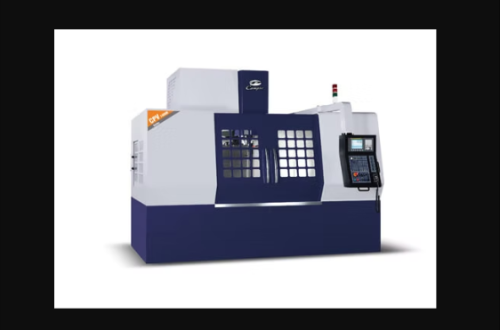Efficient packaging operations rely heavily on well-maintained machinery, and BestPack Packaging Systems has become a trusted choice for manufacturers seeking reliability and precision. Despite their advanced design, even high-quality packaging systems may occasionally encounter operational challenges that can impact productivity. Understanding how to identify and resolve these common issues ensures smooth operation and extends the life of the equipment. Machine Parts Toolbox emphasizes the importance of timely troubleshooting to minimize downtime and maintain production efficiency.
Conveyor and Feeding Problems
One of the most frequent issues in packaging systems involves conveyors and feeding mechanisms. Misaligned belts, worn rollers, or obstructions can lead to inconsistent product flow or jams. Regular inspection of conveyor components and ensuring proper alignment are essential preventive measures. In addition, adjusting feed rates to match product size and weight can help reduce strain on the system. Proper maintenance of these bestpack packaging systems ensures smoother operation and minimizes the risk of product damage.
Electrical and Control Malfunctions
Electrical failures or control system glitches are another common concern. Faulty wiring, loose connections, or software errors can result in unresponsive sensors, erratic movements, or system shutdowns. Performing routine checks, updating control software, and ensuring all electrical components are properly connected can resolve many of these issues. Machine Parts Toolbox recommends maintaining a log of recurring malfunctions to identify patterns and implement long-term solutions for the bestpack packaging systems.
Sealing and Wrapping Inconsistencies
Packaging systems often face challenges with sealing, wrapping, or labeling products. Poor heat sealing, misaligned labels, or uneven film tension can compromise product quality. Troubleshooting these problems involves checking temperature settings, calibrating film rollers, and verifying the integrity of sealing elements. Regular calibration and replacement of worn parts prevent these inconsistencies, ensuring each package meets quality standards.
Mechanical Wear and Component Fatigue
Mechanical wear is inevitable with frequent use. Bearings, gears, and other moving parts may experience fatigue over time, causing increased vibration, noise, or operational inefficiency. Implementing a preventive maintenance schedule, lubricating moving parts, and replacing worn components promptly can mitigate the risk of more serious breakdowns. The Machine Parts Toolbox emphasizes that monitoring the health of mechanical elements in bestpack packaging systems is crucial for maintaining consistent performance.
Sensor and Detection Errors
Sensors play a vital role in ensuring the accurate operation of packaging systems. Dirt accumulation, misalignment, or calibration drift can lead to misreads, incorrect counts, or halted production. Cleaning sensors regularly, verifying alignment, and performing routine calibration help maintain system accuracy. Operators should also be trained to recognize early signs of sensor failure to prevent extended downtime and product waste.
Preventive Maintenance Strategies
Preventive maintenance is the most effective way to reduce operational issues. Regular inspections, cleaning, and timely part replacements keep BestPack Packaging Systems functioning at peak efficiency. Machine Parts Toolbox recommends creating a comprehensive maintenance checklist covering electrical, mechanical, and control components. Scheduled maintenance not only prevents unexpected breakdowns but also prolongs the service life of the equipment and enhances overall productivity. Additionally, documenting all maintenance activities helps track equipment performance trends and identify potential issues before they escalate. Integrating predictive maintenance technologies can further optimize system reliability and reduce downtime.
Conclusion
Troubleshooting common issues in BestPack Packaging Systems requires a combination of careful observation, routine maintenance, and timely intervention. Addressing conveyor misalignments, electrical faults, sealing inconsistencies, mechanical wear, and sensor errors ensures optimal performance and minimal downtime. For manufacturers aiming to maintain reliable operations, investing in high-quality replacement parts and regular maintenance checks is crucial. Utilizing durable machine components alongside expert troubleshooting practices ensures these advanced packaging systems deliver consistent efficiency and long-term value.





